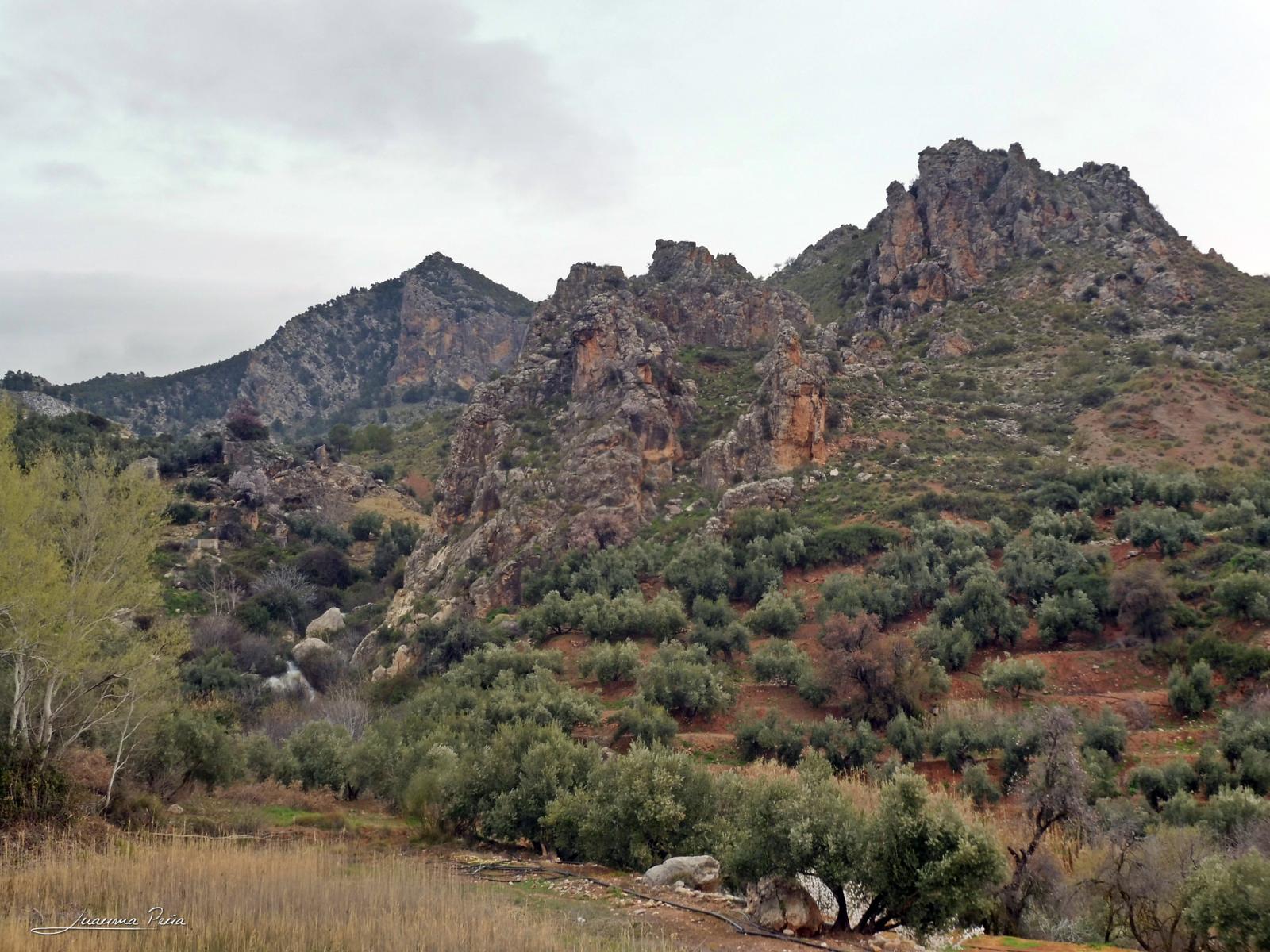Esparto grass badlands
Singular places
, Hinojares
You cannot say you really know the Nature Reserve’s vegetation until you have visited the semi-arid areas at the south end. These are harsh, treeless landscapes with an extreme climate and high temperatures. The harshness, however, is compensated by the beauty of the scenery, the variety of colours and the highly interesting vegetation in the area, which is home to many unique species.
The semi-arid areas are the result of the gradual disappearance of the Mediterranean forests and subsequent aridness of the climate that sculpted a landscape whose beauty is only surpassed by its hostility and dryness. Plants must overcome a harsh test to survive in such a climate.
They are known as xerophytes because they survive in dry environments where the annual rainfall is less than 300 mm. Xerophytes include Anthyllis cytisoides, saltwort (Salsola oppositifolia), Suaeda spp., Hammada articulata, Ephedra fragilis, restharrows (Ononis fruticosa and Ononis tridentata). Occasionally you will see juniper (Juniperus phoenicaea), rosemary (Rosmarinus officinalis), Cistus clusii, retamas (Retama sphaerocarpa), thyme (Thymus zigis), a few Aleppo pines (Pinus halepensis) and some lentiscos (Pistacia lentiscus) to remind you that the current vegetation is the result of the destruction of the ancient Mediterranean forests.
One of the most significant species in this area is the caper bush (Capparis spinosa), a culinary plant whose buds have been pickled in vinegar since ancient times and are currently an essential item in the best European kitchens.
We recommend:
- Autumn and early spring is the best times to visit this region.
LOCATION
A car is essential for this trip. Go to Huesca and from there, take the road to Pozo Alcón and continue to the crossroad that leads to the village Ceal. From there, take the narrow winding road to Hinojares, which goes through a semi-arid area known as an atochar, in Spanish, for it is where esparto grass grows (Stypa tenacissima).




